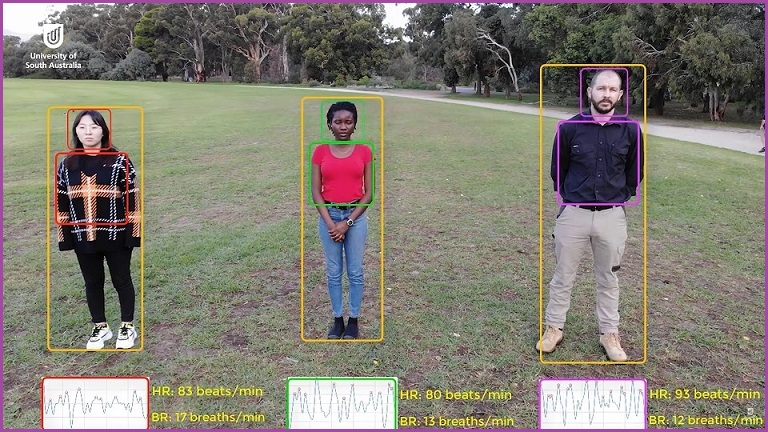Since the early stages of the COVID-19 pandemic, a team of researchers at the University of South Australia have been developing technologies to help monitor and detect the symptoms of the virus remotely.
Working with industry partner Draganfly, the team created a machine vision system that could detect humans and then measure their heart rate, breathing rate, and blood oxygen levels in an effort to fight the spread of COVID-19.
Professor Javaan Chahl led the effort to combine drone technology with remote health monitoring.
“When this project started at the onset of the pandemic we didn’t know what we were dealing with,” he told Information Age.
“There are viruses like ebola that kill large percentages of the people infected and at the time we didn’t know the full death rate of COVID-19 and what it might mutate into.
“So, we had this nightmare scenario where you might have to look at a group of people and quickly decide ‘is that group safe enough to get close?’”
In preparation for that that ‘nightmare scenario’, the team began combining existing work on remote drone gesture control and monitoring vital signs using cameras.
The system can detect breathing by watching cyclic chest movements in people and read heart rates by looking at the extremely subtle skin tone changes that show blood flowing around the body.
“There are a lot of things in the world that we can’t see with the naked eye,” Professor Chahl said.
“Cameras have a much greater ability these days to detect subtle changes in intensity that we can’t see.”
When brought together, these different measurements create a picture which may suggest whether or not a person – or group of people – is showing signs of COVID-19 infection.
Despite the system’s original intention to be coupled with drone technology and remotely monitor health information, the real-world application was more down-to-earth.
“The commercial application our industry partner went for in the end was a high-quality kiosk to monitor symptoms,” Professor Chahl said.
“The drone side of this technology is for the next pandemic – to contain that at its source.
“It’s a question of appropriateness. If there is a virus like COVID on the loose that needs to be managed and screened but isn’t causing people to fall over dead in the street, that might require one level of surveillance.
“But if you have the scenario where people are dying in the street from an infectious disease, you might need a different level of surveillance and containment.”
Ethical concerns around this sort of technology being used for mass surveillance were at the forefront of Professor Chahl’s mind and it has been designed to limit the storage of personal data.
“We don’t preserve much information about each subject that passes the camera, just the vital numbers,” he said.
“There’s no faces kept or other identifying information.”
Kiosks using the University of South Australia research were installed at Alabama State University late last year while the pandemic was still racing through the US.
Students passed by the screening cameras to check their vital signs and help the university manage the virus on campus.
President of Alabama State University, Quiton Ross, said it was “a godsend” for the university.
“We truly believe that being able to have the various stations setup where students could check their temperature helped us gather information and helped students identify if they had symptoms of the virus and could go immediately to our health centre,” he said.
Ross said Alabama State had one of the lowest infection rates of COVID-19 among US universities.










